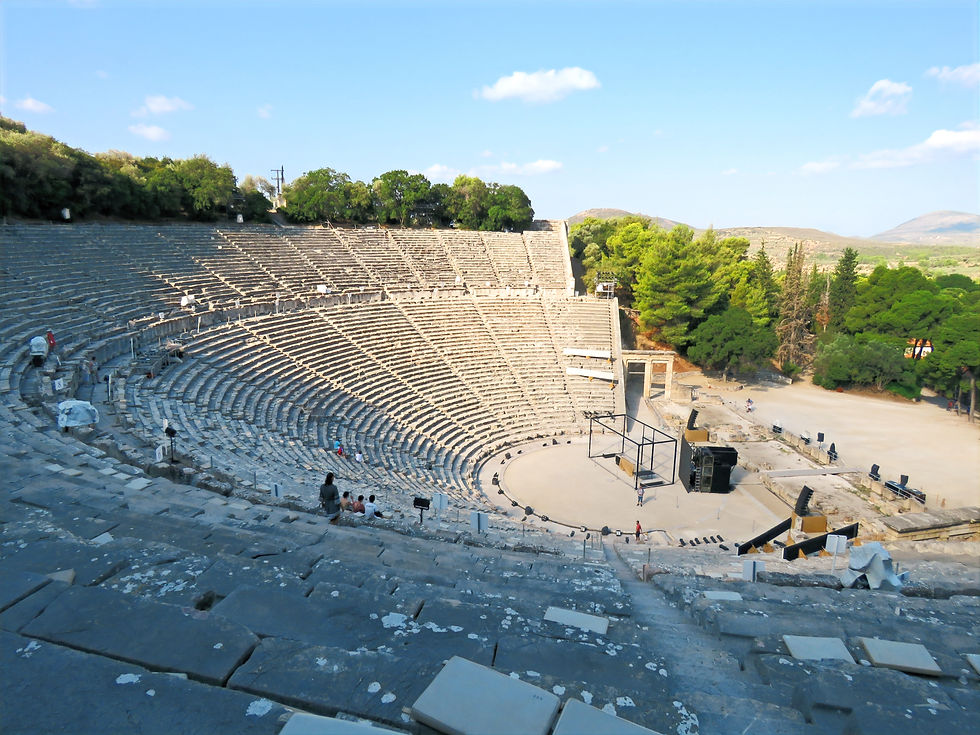Where do you want to travel this year
- therockettman

- Feb 28
- 3 min read
Updated: May 25

Best places to travel to avoid overtourism
My continuing list of places to visit in Europe this year will ignore the bucket list hotspots. But if you plan your visit during prime travel periods such as Spring Break or Summer, you are still likely to encounter masses of tourists
Visit to the Alentejo region of Portugal
The Alentejo region of Portugal shares a border with Spain’s Extremadura region – both of which host some of the most enchanting villages representative of Old-World Europe. The Alentejo is also swiftly emerging as a premium viticulture region. If you are interested in an authentic Portuguese experience without the crowds, this region is a prime candidate.
For me the most compelling of the villages in the Alentejo is Évora, which serves as an excellent base for exploring the central region – including the delightful villages of Estremoz and Elvas. Evora has an excellent infrastructure of hotels (including the famed Pousadas) and restaurants, and hosts the headquarters of the Alentejo Wine Route where you can try select wines and receive information on planning a day visiting the many wineries of the region.

An unexpected highlight of the Alentejo region is that it is home to prehistoric relics that are some of the oldest in Europe. There are numerous megalithic monuments in remote fields around Evora, one of the most important of which is the Almendres Megalithic complex (or cromlech).
If you want an off-the-beaten-path experience of Portugal, filled with antiquity and excellent food and wine, then the Alentejo is the answer!

Visit to the Peloponnese Peninsula
If you want an authentic Greek experience without the crowds, then a visit to the Peloponnese is in order. The first stop on any itinerary to this peninsula should be a brief stopover in the Nemea region to experience the wine culture. We found the grape varietals to be interesting and the wine was world class.
From there proceed to Nafplio, which has an old town comprising an intriguing network of squares and cobbled streets and a delightful seaside atmosphere. This town is an excellent base for exploring the region’s history, including the imposing Palamidi Castle overlooking the town and harbor front. Other compelling architectural ruins of the region include Mycenae, which hosted an entire Bronze Age culture in a self-contained and sophisticated citadel structure. Nearby is the site of the architectural ruins of Epidaurus (aka Epídavros), which is renowned for a stunning outdoor theatre that remained undiscovered for centuries after the sanctuary ruins were found.
A trip to the Peloponnese must include a stay of at least one overnight in Monemvasiá, a fortified town built more than 1,000 feet above the sea. Some call this delightful seaside relic - which was in its prime in the 15th century - the ‘Gibraltar of Greece’.
Conclude a visit to the Peloponnese with an exclamation point by visiting the historic center of the original Olympic Games. Ancient Olympia is an impressive historical antiquity in the western part of the Peloponnese – the site of the architectural ruins is bigger than the town of Olympia - and it is captivating to wander a site that once stood as the epicenter of worship and athletics.

Visit to the Côte d’Azur
Many of Europe’s great artists have lived in and used this region for inspiration in their work, among them Picasso, Matisse and Chagall, and in this region there are museums paying homage to the mastery of each of these artists.
Some of the most captivating villages of the region are in the hinterland, among these is Mougins just minutes by car from Cannes. This charming, medieval village is characterized by a spiraling ascent to a panoramic view of the majestic coastal region accented by pine, olive and Cyprus trees.
While Marseille is the capital and largest city in the region, it can be argued that Cannes is the cultural linchpin due to its hosting of the annual film festival. Along the seafront of the village of Cannes is the Croisette, a lively promenade bordered by sandy beaches and restaurants, where residents and tourists stroll at all times of the day. In the Cote d’Azur you will find a vibrant food scene featuring bouillabaisse (seafood stew), soupe au pistou (basil and garlic soup), niçoise salad and tapenade. And, of course, there are the fabulous cheeses and wines of Provence.
Bon voyage!






Comments